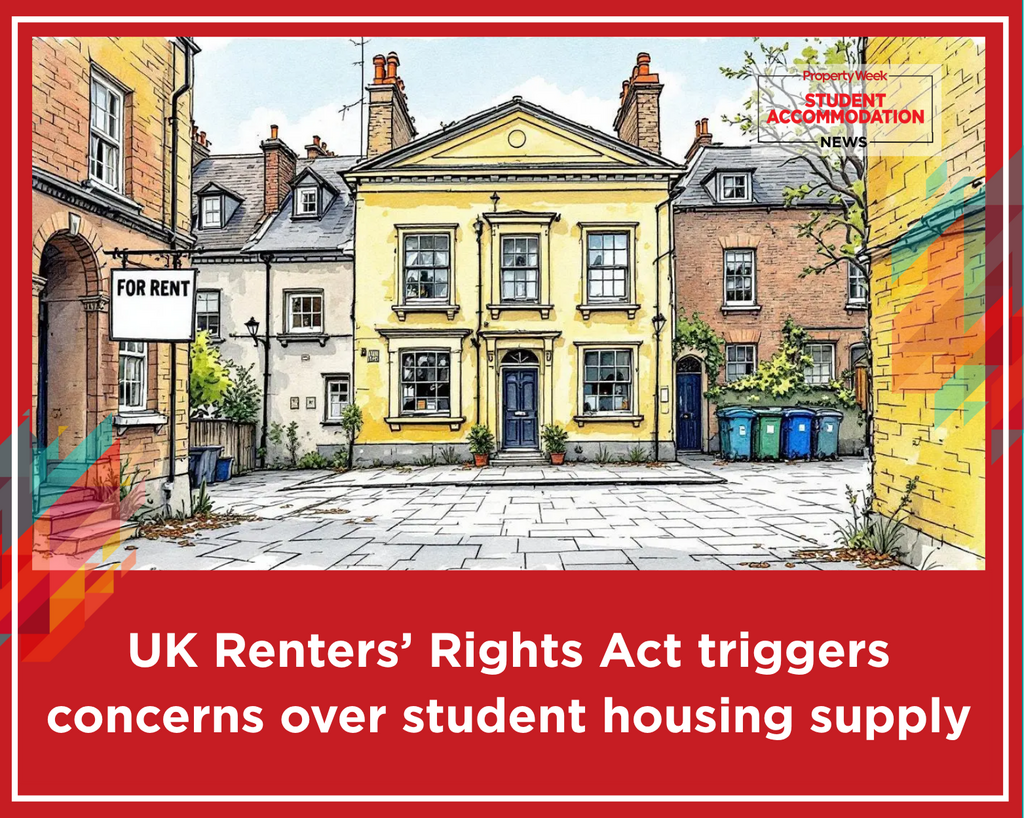
UK Renters’ Rights Act triggers concerns over student housing supply
Reforms introduced by the Renters’ Rights Act have reshaped the UK rental landscape, raising alarms over potential shortages in student accommodation as protections for smaller student lets are excluded and financial risks increase for landlords.
The recently enacted Renters’ Rights Act, which took effect in October 2025, has markedly redefined the UK rental landscape, prompting significant concerns about its impact on the student housing market. Central to the Act’s reforms is the abolition of fixed-term assured shorthold tenancies (ASTs), replaced by open-ended periodic tenancies. This shift removes landlords’ ability to reclaim properties at fixed times without specific grounds and ends 'no-fault' evictions under Section 21, demanding landlords prove valid reasons for possession under Section 8. The legislation also restricts rent in advance to one month, altering traditional cash flow patterns for landlords in this sector.
These changes have sparked warnings from industry experts about the possible destabilisation of the student rental market, particularly because the annual academic cycle has relied heavily on landlords regaining possession of homes reliably at the end of each academic year. Chris Norris, chief policy officer of the National Residential Landlords Association (NRLA), highlighted that disrupting this cycle may significantly hinder students' ability to plan their housing and could even obstruct access to higher education by creating housing uncertainty.
One specific provision, the introduction of possession ground 4A, allows landlords to repossess houses in multiple occupation (HMOs) for full-time students between 1 June and 30 September, facilitating the reletting of these properties for new students. However, this protection applies only to HMOs with three or more bedrooms, explicitly excluding smaller one- and two-bedroom student properties. This exclusion has raised further concerns as these smaller properties often accommodate postgraduate, mature, and international students, groups that may be disproportionately affected by the lack of tenancy certainty. Accommodation For Students estimates that around a third of student properties—particularly these smaller units—are at risk of being withdrawn from the rental market, potentially leading to a severe housing shortage for the 2026 academic year.
The absence of protections for smaller student lets means landlords cannot rely on the streamlined repossession process afforded to HMOs and must instead resort to general Section 8 grounds, which are often stringent and difficult to apply. This scenario may dissuade many landlords from continuing in the student market. Jeni Browne, business development director at MFB, explained that the switch to periodic tenancies grants tenants, including students, more flexibility to vacate properties mid-term, which could create longer void periods and amplify both administrative burdens and financial risks for landlords. Such uncertainties may prompt a decline in investment interest and push lenders to reassess and potentially tighten lending criteria for student rental properties.
Maeve Ward, head of intermediary sales at Together, emphasised the financial pressures these changes could impose. The restriction of rent payments in advance coupled with the loss of fixed terms means landlords face unpredictable income streams and potential voids, especially if properties remain empty during the summer. This situation is particularly acute for those renting shared houses to international students, who often rely on paying rent upfront and do not have UK guarantors. Ward suggested that brokers have a critical role in advising landlords on portfolio reviews, lending assessments, and encouraging the use of professional property management to mitigate risks under the new regime.
While providers of purpose-built student accommodation (PBSA) can continue using fixed-term agreements if signed up to an approved code of practice, this exception is limited and does not offset the widespread changes affecting the broader student rental sector. The cumulative effect of the Renters’ Rights Act’s reforms has cast doubt over the sector’s rental and repossession cycles. As Chris Norris pointed out, the unintended consequence could be a reduction in available student housing options, complicating life for students and landlords alike.
In summary, the reforms under the Renters’ Rights Act aim to improve tenant security but have introduced new challenges for landlords in the student housing market. The specific protections for HMOs do not cover smaller properties, potentially causing a significant contraction in rental supply for key student demographics. Additionally, the move to open-ended tenancies and restrictions on rent advance payments create financial risks that may lead some landlords out of the market entirely, while lenders could become more cautious in their portfolio exposure to student lets. The full implications will only become evident as the new system bedded in, but industry voices urge stakeholders to prepare for a period of adjustment and uncertainty.

